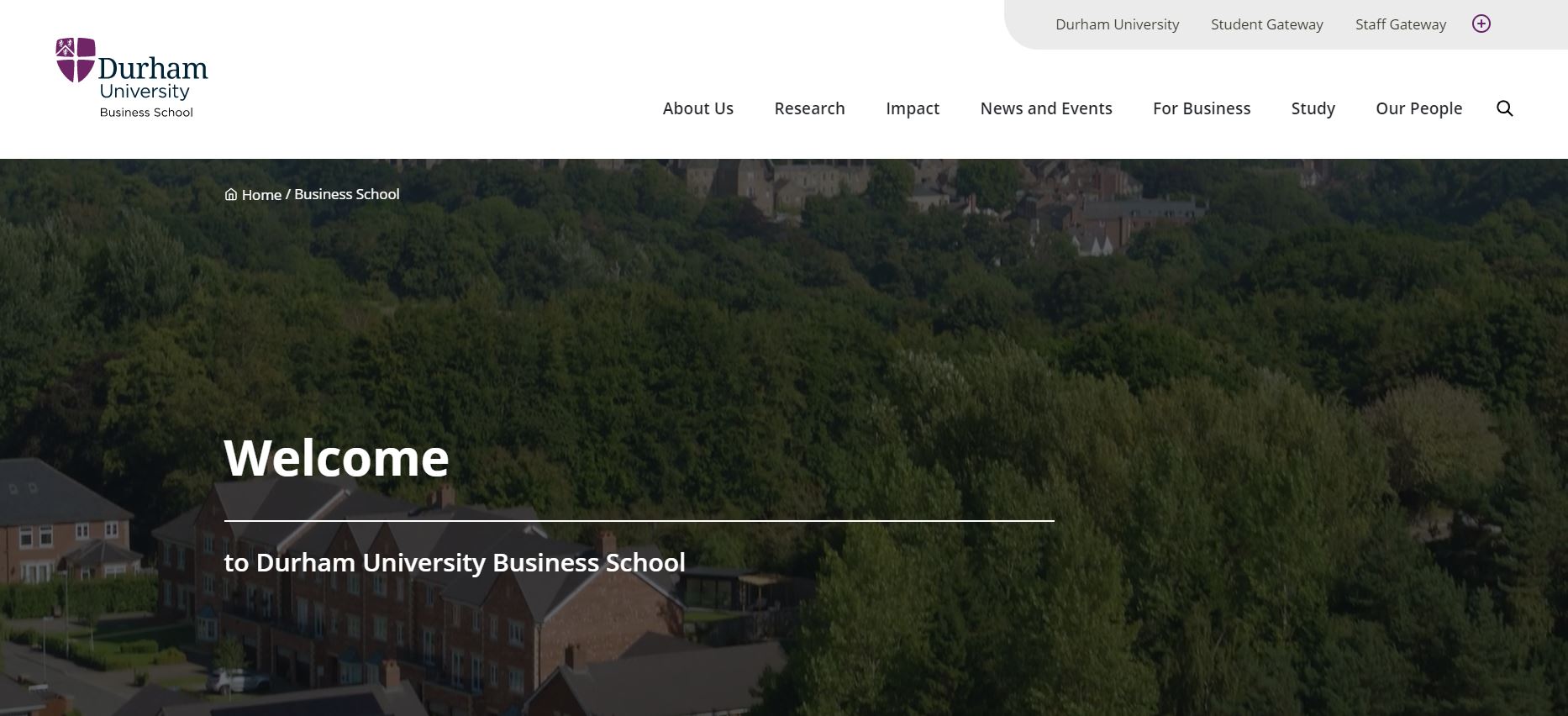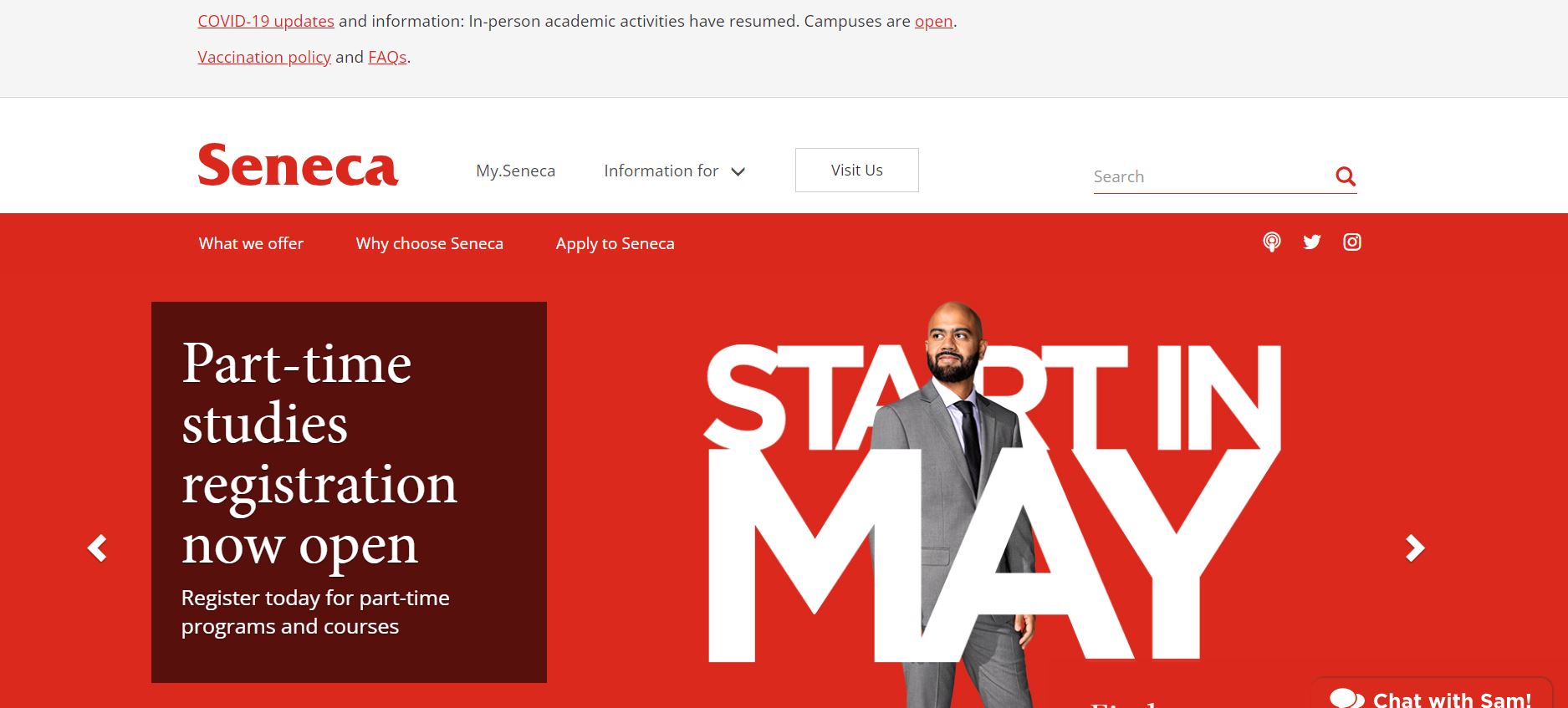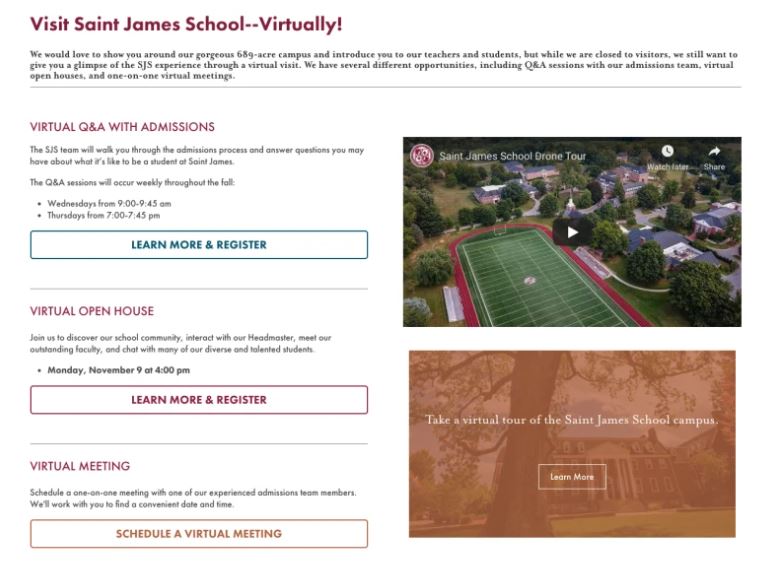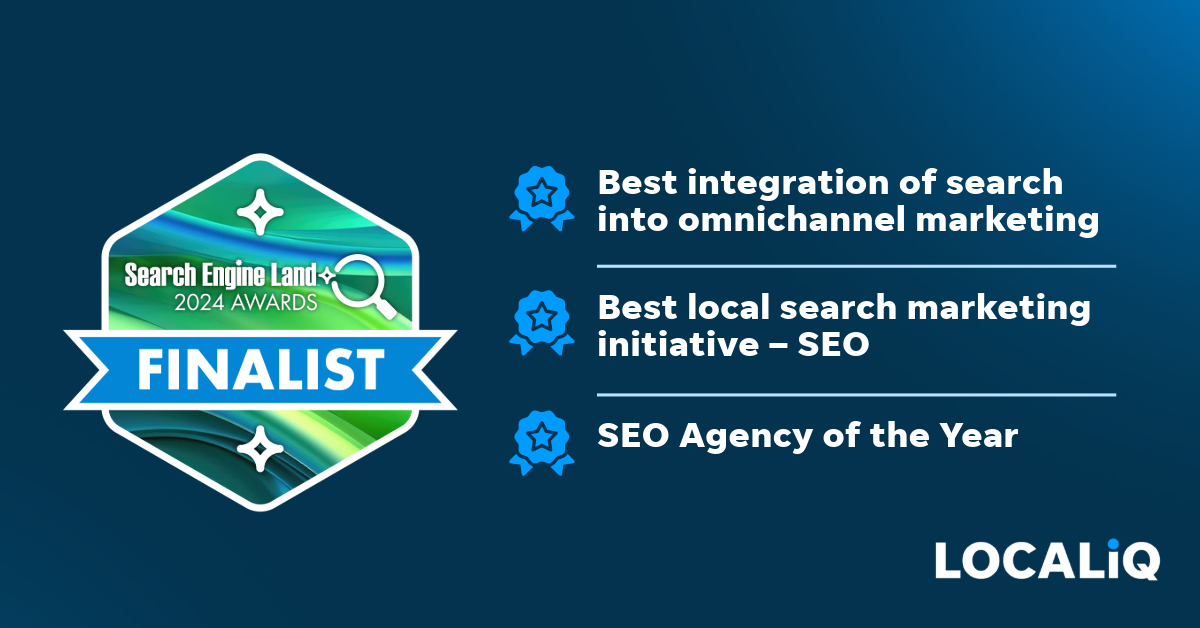Attending an open day provides a great opportunity to learn about the educational institution, see the campus and accommodations, and meet current students and staff. Online open days should give you access to all of this and more. As a result, you will be able to ask more specific questions since you will have a wealth of information at hand. Open days can be accessed anywhere in the world, so you have the added benefit of being able to attend as many open days as you wish, which will give you a broader perspective on various options.
What is a virtual open day?
Virtual open days, as the name implies, are open houses that take place online rather than in person. Prospective students (or their parents) can access curated content that allows them to do things like a virtual tour, attend online information sessions, and ask questions using tools like live chat. They are usually multi-session events that include webinars, webcasts, panel discussions, and other activities. This means that once your prospecting students have registered and arrived at the event landing page, you’ll be able to choose from a variety of options. Perhaps you’ll host a keynote address followed by a series of smaller breakout sessions. Alternatively, you might want to stream events to attendees based on their subject interest. You’d have a separate session for each, all of which would be available through an event lobby or landing page.
Who runs virtual open days?
So, what kinds of businesses use virtual open days? Colleges and Universities have already been mentioned as the key customers of this type of virtual event. Because virtual open days allow these institutions to broaden the reach of their event and open their doors to a global audience, virtual open days are becoming increasingly popular. More and more schools are attempting to attract international students, and colleges and universities can achieve a genuinely global reach by embracing online events. Virtual open days are beneficial to more than just schools and universities. Open houses online are proving to be a hit for real estate agents. It’s not only a great approach to promote a listing without putting potential home buyers at risk, but it’s also what buyers want. Any organisation that wishes to expand its reach, increase interaction, and exhibit its institution with relative simplicity should adopt virtual open days and open houses.
What will prospective students expect from a virtual open day?
- Tours of the campus: Provide a virtual tour of the educational institution and its surroundings, including inside buildings and accommodation.
- Student/parent support sessions: Using live chat features, talk to current students one-on-one about their courses and life at the institution. You could also provide one-to-one chat services to students considering studying with you, or parents who are considering sending their children to your school.
- Subject-specific talks and webinars: In a live webinar, your teachers or lecturers could discuss their subject, course content, and assessment procedure. Afterwards, you could host a subject-specific Q&A.
- Your questions answered: You could host a general Q&A providing information on your school or university, the fees involved (and any related financial questions), as well as entry requirements and term times.
- Resource sharing: Consider creating digital resources your online open-day attendees can download and keep. This content can then be read at a later time by students.
The benefits of hosting a virtual open day for your educational establishments
Why should your school or university consider hosting virtual open days? This type of event has a number of advantages:
Reach
One of the most important advantages of a virtual open day is its reach. It’s the most effective way to reach a truly global audience, especially for institutions trying to expand their clientele internationally. Another advantage of virtual open days is that they increase interaction. While it may seem counter-intuitive to believe that a virtual event would generate more engagement than a physical event, it is a trending action that people are more likely to ask a question at a virtual event.
Analytics and reporting
If you hosted a physical open day for your school, you can tell who attended what session, how long they attended, and if they asked any questions. What about their level of commitment? Probably not, and even if you could, it would take a long time (and a lot of money). All of this information is practically at your hands with a virtual open day, so you know what content is working, who is engaged, and where you may need to improve in the future.
Cost-effective
It might be costly to host an open day. There are staffing and resourcing costs, as well as incidentals and, in some situations, catering. A virtual open day can help you save a lot of money on your event. It may not be cheap as if you want to run a successful event, you’ll want to make sure you have a strong platform, but it will be less expensive than holding the event in person.
Accessibility
For many institutions, this is becoming a more important factor. You are removing barriers for attendees by conducting your open day online. Many people will be unable to attend these events in person, whether it’s due to the personal cost of attending, or just a lack of financial resources to travel. Anyone with an internet connection or a mobile phone can attend your virtual open day.
How to host a virtual open day for your educational establishment
Now that you know what to do and why to do it, the next step is to figure out how to do it. To get you started, here’s a quick list:
1. Decide on the type of event you want to host: Will a large multi-session event be required, or will a single stream webinar suffice?
2. Find a platform: Because not all online event platforms can host the type of event you want to hold, be sure you know exactly what you need in terms of functionality, budget, and attendee capabilities before you start looking. For example:
- Facebook: Facebook is the clear leader if you are going to use one social media platform. Through commenting, direct messaging, stories, private groups, and post sharing, Facebook makes it simple to engage and share information with students and parents.
- Instagram: Instagram’s popularity among educational establishments is rising. It is a terrific way to visually exhibit what your school or university is up to while also connecting with a different (typically younger) segment of the community.
- Twitter: Twitter is now used by schools and universities at a higher rate than other social media platforms. Why? It’s a simple and fast way to exchange information and interact with others who share your interests. Twitter is also the king (and creator) of social media hashtags, which make it simple to track and identify relevant topics.
3. Design your programme: If you do decide to hold a major multi-session event, you’ll need to create an engaging programme that appeals to your target audience. Even if you don’t, you should make sure you have engaging presenters who can bring your content to life.
4. Create an engaging event environment: It will be critical to ensure that the event appears and works the way you want it to, from the registration website to the auditorium. No matter what business you are in, having a consistent brand experience is critical. To make sure this works for you, we recommend working closely with your platform provider.
5. Decide on your date and time: Consider your audience as well as the speaker’s availability. If you’re catering to an international demographic, you’ll need to account for time zone differences.
6. Promote your event: Make sure you have a multi-channel promotion strategy in place, including social media, email marketing, landing pages, and banner ads on your website. This will assure the success of your event. Remember: No matter how interesting your content or event is, if no one sees it, it won’t matter.
7. Create engaging and relevant content: One of the most crucial aspects of your event is the content. You can enlist the help of your speakers, marketing team, or anybody else who is relevant, but don’t be hesitant to go outside the box.
8. Practice: Your speakers may be fantastic, but make sure they rehearse. It’s also a good idea to have them do it on the platform you are utilising so there are no surprises on the day.
9. Follow up with your audience: Just because the event has ended doesn’t mean your job is finished. Have a strong follow-up strategy in place to convert those attendees into students. This could be by email, follow-ups from recruiters or agents, or even a follow-up event.
Tips on making the most of virtual open days
You encourage students to create a closer bond with your institution by giving them thorough information that allows them to make well-informed decisions before applying. But how do you go about doing it? Here are some expert tips on how to do it correctly.
1. Develop a theme
Do you want a large turnout for your event? Do you want people from a specific demographic to log in? Are you hoping for a lot of chat room interactions, or do you simply want people to start applying for the upcoming semester through the event? Your virtual open day can serve a variety of objectives but deciding on a theme is essential. When you know what you want to achieve with your virtual open day, the results become a lot more measurable, and you can specify several “ways in” and make the most of them. For example, if the goal of your event is to attract as many people as possible to engage in the live chat, you’ll know ahead of time that you’ll need to use paid event marketing and other plugins as well as local press and your corporate website to drive traffic to those forums. The dedicated theme will also serve as a foundation for your event content strategy, making it more concentrated and relevant.
2. Improve the quality of your content
Keep the theme in mind:
Once you’ve decided on a topic for your virtual open day, utilise it to guide the content you deliver throughout the event. If you plan to spread awareness regarding your newest Psychology programme, prepare videos that highlight the depth of the programme, as well as documents including course outlines. When you combine these with a killer webinar conducted by your Psychology Programme Head, you’ll see your efforts pay off far faster than if you went with a more genetic content display.
Keep it up to date:
Good content takes time and effort to create, to avoid this, several institutions repurpose old content during open days in the hopes of attracting a fresh student base. Consider creating content formats that will provide value to individuals who consume them. Is that video going to make a difference to the visitor seeing it? Will the results of this poll have any bearing on visitors who took part in it? Is this webinar going to address any genuine student concerns? Make sure whatever you set live during the virtual open day answers these questions adequately.
Provide a variety of perspectives:
A virtual open day is most effective when it provides a well-rounded university experience that includes a 360-degree view of the campus and its culture. To do this, place various touchpoints across the virtual open day that allows visitors to interact with various university stakeholders. Faculty should lead webinars, while university administrators should lead Q&A sessions and power chats. You could also include a segment dedicated entirely to helping visitors to connect with current students or graduates if you’re a university. Here, the former can give prospective students an honest take on school life, while the latter can provide insight into working life after graduation.
3. Be responsive
During physical open days, large crowds at booths deter most students from engaging in talks with booth reps, your virtual open day allows them to reach out to your reps via chat. If you do opt for a live chat feature during your virtual open day, you’ll have to ensure you’re able to promptly answer any questions. Make sure there are individuals staffing each virtual booth and support desk when the event goes live. Instead of diverting individuals to the correct room, try to resolve all visitor queries within the chat room where the query was raised. This will aid in the building of a prospect-nurturing environment at your virtual open day, which will increase conversions and maintain everything in real-time.
4. Be truthful
It’s understandable to want to put your best foot forward, but overpromising can be deceiving. It’s simple to brag about facilities you don’t have and programmes that aren’t fully developed at an event aimed solely at attracting prospective students to apply to the university. Along with showcasing the best that your educational establishment has offered, be sure to add glimpses of the not-so-perfect areas of the campus that these prospective students are sure to come in contact with. Things should be highlighted exactly as they are. Point out what amenities the rooms have and do not have, as well as what is planned. It’s best if your prospective students learn about this from you rather than on their own. Seeing a few minor cons next to an array of pros is a natural way to make your event and university come across as authentic.
5. Choose your date and time wisely
You may settle on a weekend date and then find out there’s an important event that falls on the same weekend, minimising the appeal of attending your open day. Many events make this error because, in their quest to schedule the event on days when people aren’t too preoccupied with school or work, they end up clashing with other major festivals or sporting events that they have no chance of competing with. To maximise attendance, schedule your event on a weekend that does not coincide with a holiday or a major national or global event. Keep your target demographic in mind when it comes to timing. It’s a bad idea to hold your most essential webinar at 8 a.m. on a Saturday, after a long week of students studying. Aim for a good balance between when your most qualified people can be available to manage the event while it’s live and when your target audience is most likely to watch. Your attention should always be on the event audience because it’s pointless if they don’t get to see all your team’s hard work.
6. Keep it short
Virtual open days work best when they are spread out over two days, with each day lasting anywhere from 3-5 hours. Because visitors log in, get what they want, and then leave, attendance drops dramatically after the period specified. To get the most out of this information, try to schedule your most critical online sessions and surveys early in the event to ensure that they receive maximum turnout. What’s great about virtual open days is that they may be left available to visitors even when the event is not live or has ended. Those who were unable to attend the live event can still benefit from your content and display, allowing the event to continue delivering impact long after it has been completed. Because of this, your virtual open day needs to be live for a shorter, more optimum time, saving both time and resources. Additionally, because your employees are likely to be preoccupied with their jobs, it’s better if you don’t keep them engaged with the live event for any longer than is necessary.
7. Metrics are important
The virtual environment makes it simple to track registrant information via the event landing page, making pre-event reminders and post-event follow-ups much easier. Many virtual event platforms also provide detailed information on the attendance, performance, engagements, and conversions of the event. These insights are unquestionably significant for calculating your event ROI and enhancing future events, but it’s vital to remember that when it comes to virtual open days, quality of interest is far more important than quantity. You may have had thousands of registrations, but you’ll see that not all of them will attend the event, and even fewer will interact with the reps and absorb the content. Similarly, a webinar may receive hundreds of views, but a small turnout on chat discussions with university experts, which is a more reliable indicator of interest, may be observed.
Virtual open-day examples
What does a virtual open day look like in practice? Here are a few examples.
Durham University Business School
Durham University Business School (DUBS) was founded in 1832 and is one of the top 100 universities in the world. Durham University’s international alumni span over 100 countries and are represented by 16 colleges, 25 departments, and over 175,000 students. The major purpose of DUBS’ virtual university open day was to break down geographical barriers and reach out to prospective students from all over the UK and the world. With their virtual open day, DUBS exceeded their registration target by 36%, and over 60% of registrants participated in the event. It was also able to expand its global reach, with international students accounting for 26.5% of registrations (i.e., outside the UK and EU).
Seneca College
The Applied Arts & Technology Institution, situated in Toronto, Canada, has ten campuses throughout the city, with over 30,000 full-time students and tens of thousands of applications each year. Seneca College used a virtual open day to establish an orientation event that was easily accessible to new starts on a worldwide scale, allowing students to attend from anywhere in the world. What’s the result? With over 1,238 registrations, a 72% attendance rate, and over 370 questions posed during the day, the college exceeded its expectations for audience involvement and attendance rates for the event.
Walnut Hill School for the Arts (MA)
Why does this work? Community voices, in a nutshell. Prospective families have an authentic perspective of living on campus thanks to content created by students and faculty. The content from the virtual open day house is available for people to view via the school’s “Virtual Admissions Centre” page, which is a great way to repurpose content you’ve invested time and resources into.
St. James School (MD)
Families want options and St. James School recognises this. Virtual open houses, virtual Q&A sessions, and virtual meetings are all available through the school. The Q&A sessions are hosted weekly at the same times, making it easier for families to plan. For individuals who are unable to attend a Q&A or open house, the admissions team gets personal by offering to set up a meeting most convenient to the family.
A Virtual Open Day serves as a lead generator as well as an awareness tool. Registrations are similar to first-time students who are still considering attending University. You can, however, use call-to-actions to catch students who want to apply to the University or capture email addresses to offer them detailed application procedures. This way you can see how many of your visitors wish to move forward with an application. This enables you to follow up with them after the event and remind them of application deadlines and other important dates.
Related reading:
Top Social Media Post Ideas For Your School’s Marketing Strategy
Why You Should Use Facebook Ads To Market Your Educational Institution
Why You Should Use Search Marketing To Promote Your Educational Institution










